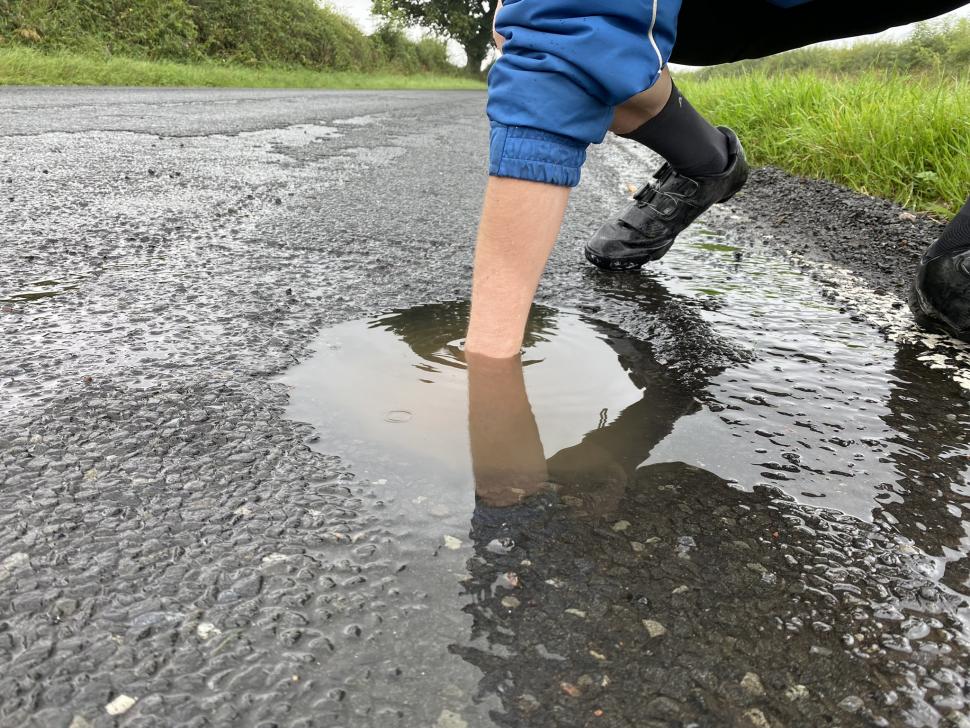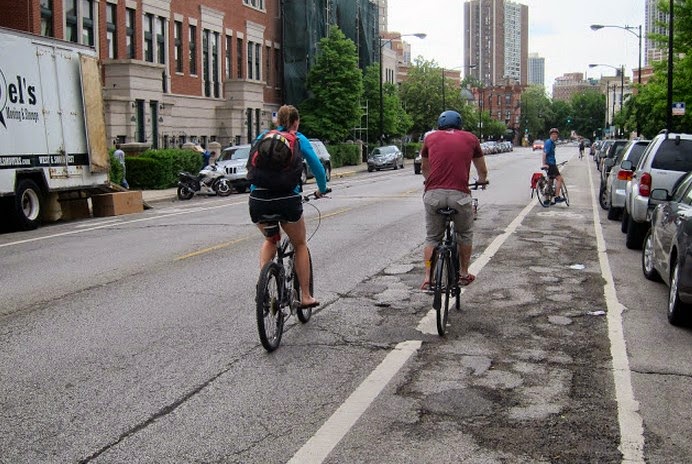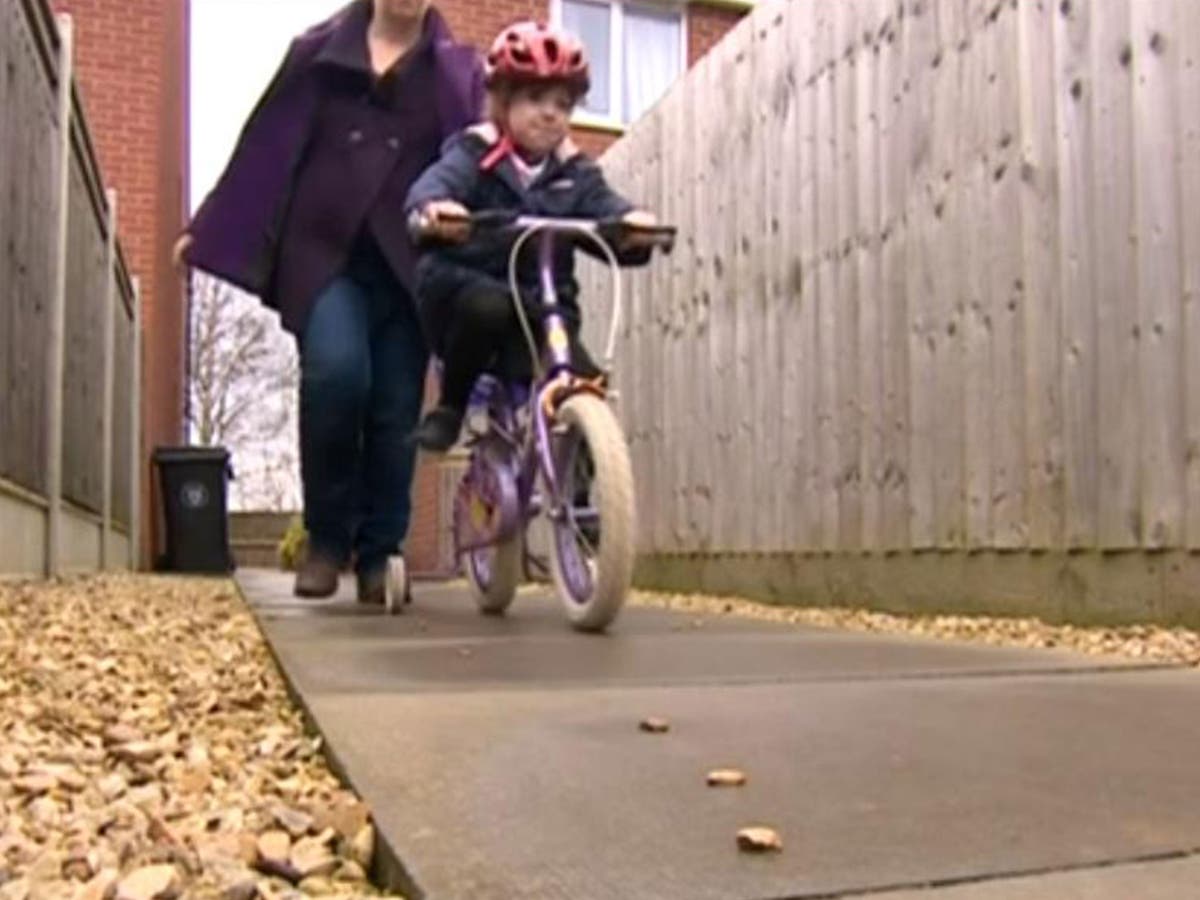salsa
Senior Member
Honestly I don't miss the lower don trail at all. As a cyclist I find that the temporary replacement path along Bayview has been a huge benefit in every possible way.
I know that the Bayview path (from River to Mill St) was meant to be temporary until the Lower Don is rebuilt, but I would love it if council decides to make it permanent. Anything that helps take some pressure off the city's recreational trails like the lower Don on those busy summer weekends is a good thing in my view.
- I dislike this city's "multi-use trail" concept that mixes pedestrians and cyclists together on busy routes, which creates all sorts of conflicts for everyone. At least with the new Bayview cycle-track, I'm no longer encumbered by slow-moving pedestrians since they don't tend to use it
- It connects directly to the Rosedale valley trail. This is the fastest option for getting to/from Yonge street, but this route was not as useful until now since it's inaccessible from the lower don trail
- I frequently bike from midtown Yonge to the West Donlands neighbourhood or the Lakeshore East waterfront path. Since last summer, the ability to take Yonge > Rosedale Valley > Bayview has been such a gamechanger for getting there really quick. Once I turn off of Yonge, there's almost no intersections, driveways, vehicle turn movements or pedestrians to worry about. It's like a freeway that bypasses the entire downtown core and all its congestion compared to any of the alternatives.
- The southern portion of Bayview has convenient connections to Queen St, King St, River St, Front St, and the Mill St/Esplanade cycle track. With the lower don trail, you'd have to go all the way down to the rail underpass at Corktown Commons before you can exit and backtrack onto these streets.
I know that the Bayview path (from River to Mill St) was meant to be temporary until the Lower Don is rebuilt, but I would love it if council decides to make it permanent. Anything that helps take some pressure off the city's recreational trails like the lower Don on those busy summer weekends is a good thing in my view.








/https://www.thestar.com/content/dam/thestar/news/gta/the-fixer/2021/07/14/cyclists-are-hard-pressed-to-dodge-this-large-pothole-thats-perfectly-positioned-to-ambush-them/blythwood.jpg)



